There are two main options for saving for your future financial decisions: saving or investing. They are both important concepts for building wealth and a solid financial foundation, but the two are different.
In my personal life, I aim to set aside six months of expenses in a high-yield savings account, which can be easily accessible in the event of an emergency. Expenses include all fixed payments such as our mortgage, car loans, utilities, childcare etc. Once my wife Tori and I build our savings to a comfortable level, we then focus on our retirement accounts. As a rule of thumb, I advise my clients to contribute to their retirement account to the extent that matches what their employer is also contributing. For example, if your employer is willing to match 4 percent – at a minimum – I advise contributing 4 percent.
My best advice to younger individuals and families is to start small, find a dollar amount you can consistently invest over the long term, and we will take care of the rest.
Here is an overview of the key differences between knowing when it’s best to save and when it’s best to invest.
Pros and Cons of Saving vs. Investing
The main difference between saving and investing is that savings are generally used for short-term needs, while investments are typically used for long-term financial goals. Savings are liquid assets, such as cash or cash equivalents, like a high-yield savings account or certificate of deposit (CD). Investments may include stocks, bonds, mutual funds, real estate, commodities and other securities—assets that have the potential to increase in value over time.
When Should You Save?
Savings can provide security by allowing access to your money whenever needed without worrying about losing it due to market fluctuations. They should be used for short-term expenses, such as emergency funds or a down payment on a home. Savings are also important if you’re planning on purchasing an item in the near future. For example, if you need to replace a car in six months or plan to do a quick remodel on a portion of your home, consider using your savings. Additionally, most savings accounts offer FDIC insurance protection up to $250,000 per depositor per bank institution, so your money is safe from economic downturns or other unforeseen events.
When Should You Invest?
Investing involves taking more risks than simply setting aside money in a savings account. However, it also has greater potential returns over time. Generally speaking, investments should be used for long-term financial goals, such as retirement or college tuition funding, since these require more considerable sums of money than what can typically be saved within just a few years. Investing allows for compounding returns, which can help accelerate growth over time with minimal added effort from the investor after the initial setup.
It is important to consider saving and investing when planning your financial strategy because both options have distinct advantages depending on your individual needs and situation. A good rule of thumb is that if you anticipate needing the money within five years, then opt for safer savings accounts, whereas if you plan on using the money further down the line, then investments may be more suitable given their higher growth potential—but with higher risks as well.
Ultimately, it’s essential for everyone—especially young adults—to think about their long-term financial security by working with a wealth advisor who can set up a financial plan that includes saving and investing.
Blog by Andrew Barnes, Wealth Advisor & Shareholder
Category: Financial Service Team, Leaders




